Address
304 North Cardinal St.
Dorchester Center, MA 02124
Work Hours
Monday to Friday: 7AM - 7PM
Weekend: 10AM - 5PM
What to expect: If you wish to withdraw your consent and stop hearing from us, simply click the unsubscribe link at the bottom of every email we send. We value and respect your personal data and privacy. To view our privacy policy, please visit our website. By submitting this form, you agree that we may process your information in accordance with these terms.

The allure of emeralds has captivated people for centuries, and the Egyptians were no exception. Emeralds have long been coveted for their unique beauty, but they also represented power, status, and wealth in ancient Egypt. In this paper, we’ll explore the history of Egyptian emeralds and how this precious gemstone has evolved to become one of the most desired gems in the world. From ancient mining practices to modern-day discoveries, we’ll glimpse the fascinating world of Egyptian emeralds.
Key Takeaways from Egyptian Emeralds
Egyptian emeralds have been mined and appreciated since the sixth century BCE. During the reign of Cleopatra, these gems became especially popular, as she was known to flaunt her wealth with them. The increase in demand led to the construction of a town near the mines around 30 BCE and protected miners and other necessary services. Though these emeralds were not as vibrant green as what we are used to today, they were still highly sought after due to their rarity at the time. Before Colombian sources were discovered, most emeralds came from Egypt. Even today, Egyptian emeralds remain a symbol of prestige and can fetch high prices at auctions and stores.
Egyptian emeralds have been treasured for centuries and will continue to be sought after due to their beauty and rarity. So get ready to learn more about their fascinating history!
Egyptian emeralds have been prized since the 6th century BCE. During Cleopatra’s reign, they increased in popularity due to her wealth display. A town was built near the mines to protect miners and other services. Though not as vibrant as what is found now, these emeralds were still desired for their rarity. Before Colombian sources were identified, these gems served as the primary source of emeralds. They are still regarded for their beauty and rarity and will command high prices in auctions and stores. The history of these gemstones makes them an enduring symbol of prestige.
Egyptian emeralds have been a symbol of wealth and prestige for centuries, and their history is a testament to the beauty and rarity of these precious gems. Uncover more about the mysterious pre-history of Egyptian Emeralds in our next section!
The pre-history of Egyptian emeralds is as captivating as the stones themselves. From their first appearance in the 6th century BCE to their popularity during Cleopatra’s reign, these precious gems have always been symbols of wealth and power. Egyptian mines were among the only sources of emeralds before Colombian sources were discovered, and they remain highly sought after today. Even during the late period, when emeralds were used for funerary rites, they symbolized prestige and grandeur. The green stones in Northern Egypt around the 5th to 15th centuries are considered some of the most exquisite examples of these gems. Mons Samaragdus (Emerald Mountain) is one of the most important sites for their extraction. Further research into ancient emerald mines and deposits has revealed that religion was a relevant factor in their discovery and extraction, making them an even more integral part of history. Today, collectors worldwide continue to marvel at these beautiful stones, which remain just as valuable now as they did centuries ago.
Ancient mining practices have been used centuries to extract precious gemstones such as emeralds from the earth. Emeralds were first discovered in Egypt around the 6th century BCE and quickly became symbols of wealth and power. The 5th to 15th centuries saw an increase in emerald mining, with Wadi Sikait becoming one of the most important sites for extraction. Religion played a major role in their discovery and extraction, with many ancient sources believing they were gifted by gods or had spiritual properties. Even though Colombian mines eventually became the main source of emeralds, Egyptian mines remain highly sought after today due to their unique beauty and historical significance. Collectors worldwide continue to marvel at Egyptian emeralds, which are still just as valuable now as they were centuries ago.
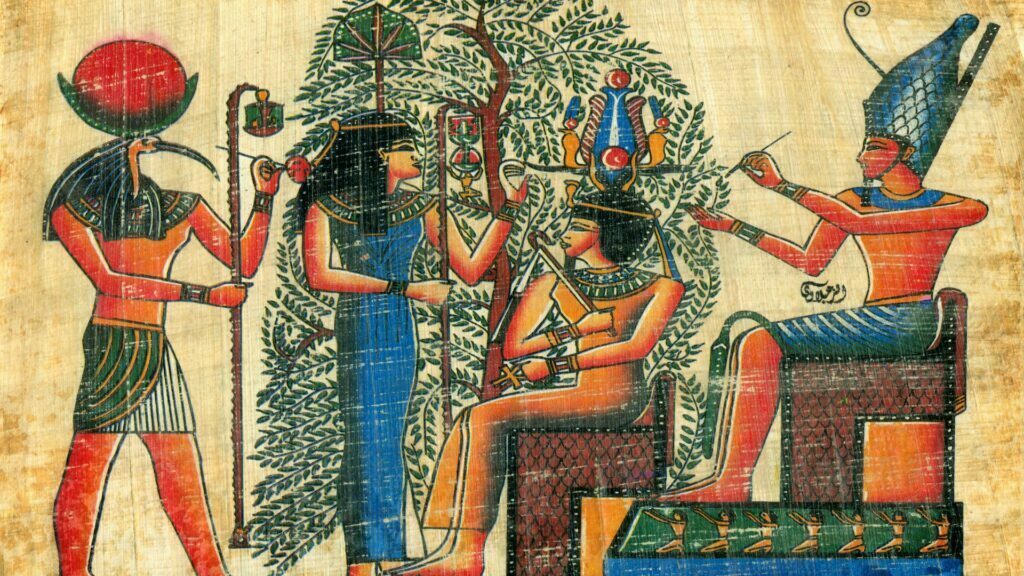
Egyptian emeralds have historically been treasured for their beauty, rarity, and rich cultural legacy. As early as the 6th century BCE, these precious stones were mined from the Eastern Desert in Egypt. Since then, they have become symbols of wealth and power, and during the 5th to 15th centuries, the extraction of emeralds became a significant market. Religion also impacted this industry, with ancient sources believing they were gifts from gods or had spiritual properties. Even though Colombia is now the primary source of emeralds, Egyptian mines remain popular today owing to their unique green hue and historical significance. Collectors worldwide continue to search for rare Egyptian emeralds with just as much value now as centuries ago.
Egyptian emeralds were not only treasured for their beauty and rarity but also for their historical significance. Ancient Egyptians considered them a symbol of wealth and power, and many believed the stones had spiritual properties. Emeralds were often used in funerary rites to honor the deceased, as they were thought to help ease the transition from life to death. In addition, those who wore emeralds were seen as having a higher social status than those who did not.
During the 4th and 6th centuries, emeralds became even more popular as they began to be mined in various parts of Egypt. This was especially true of Wadi Sikait, one of the most important sites in Upper Egypt. Joan Oller Guzmán conducted a topographic study of this area, revealing information about ancient mining activities. Further research into Egyptian emerald deposits has shown that religion was integral to their discovery and extraction. The reverence of this precious stone continued into the Late Period and beyond. Joan Oller Guzmán conducted an extensive topographic study of Mons Smaragdus (Emerald Mountain) located near Asyut, during the 6th century AD, discovering several deposits of emeralds and other green stones such as jasper and malachite. Egyptian emeralds remain highly sought after due to their unique green hue and historical relevance. Collectors worldwide continue to hunt for rare finds that are just as valuable today as they were many centuries ago.
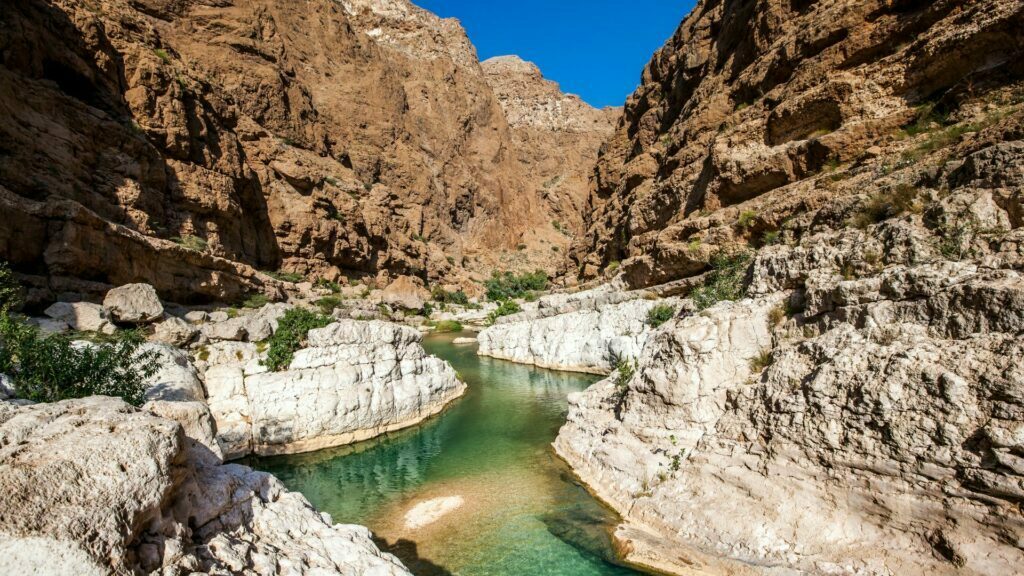
Today, collectors worldwide continue to marvel at these precious gems, which remain just as valuable now as they did centuries ago. The history behind Egyptian emeralds makes them even more desirable, making them some of the most sought-after stones on the market.
In the Eastern Desert of Egypt, a new archaeological study has revealed that ancient communities seized control of emerald mining from the Roman empire in the fourth to sixth centuries AD. The communities, known as Blemmyes, originated in northern Nubia and were involved in military clashes with the Romans.
The two-year excavation by Universitat Autonoma Barcelona (UAB) lecturer Joan Oller and the Polish Centre of Mediterranean Archaeology of the University of Warsaw, Poland, has shed light on how emeralds were extracted and commercialized in antiquity. Through this, evidence suggests that some of the buildings were occupied or even built by the Blemmyes, who controlled a stretch of Nubia during this period.
The discovery further confirms how religion and local rituals held relevance in this period, indicating that exploitation of the mines had likely fallen into their hands before the fall of the empire. This further solidifies their presence and impact on Ancient Egyptian history.
The discovery of emerald mining in the Eastern Desert of Egypt has shed light on the rise of the emerald industry in Ancient Egypt. During the fourth to sixth centuries, communities known as Blemmyes seized control of emerald mining from the Roman Empire. Evidence suggests that some buildings were occupied or even built by them, indicating their presence and impact on Egyptian history during this period.
Religion and local rituals also held relevance, leading archaeologists to believe that the exploitation of these mines had fallen into their hands before the fall of the empire. This is further solidified by findings from a two-year excavation by Universitat Autonoma Barcelona (UAB) lecturer Joan Oller and the Polish Centre of Mediterranean Archaeology of the University of Warsaw, Poland.
These discoveries prove how influential Blemmyes were to Ancient Egypt’s lucrative emerald industry at that time, with precious stones mined at sites such as Wadi Sikait, Emerald Mountain, Mons Smaragdus, and other locations in Upper Egypt. The 15th century saw a renewed interest in green stones – likely due to funerary rites – which made green emeralds an increasingly sought-after source of precious gemstones.
The legacy of the Blemmyes and their impact on Ancient Egypt’s emerald industry is a testament to their importance in this era. As we explore Mons Smaragdus, we will uncover secrets that could unlock even more mysteries surrounding these precious gems.
Mons Smaragdus is one of the most important sources of emeralds in Egypt. This site was discovered during the 4th to 6th centuries by the Blemmyes, a local community that took control of the emerald mines from the Roman Empire. Evidence suggests that some buildings were even built by them at this location, highlighting their importance at that time.
Religion and rituals also influenced emerald mining in Ancient Egypt, with green stones becoming increasingly popular for funeral rites during the 15th century. Mons Smaragdus has been instrumental in uncovering many mysteries surrounding these precious gems, providing insight into how they were mined and used throughout history.
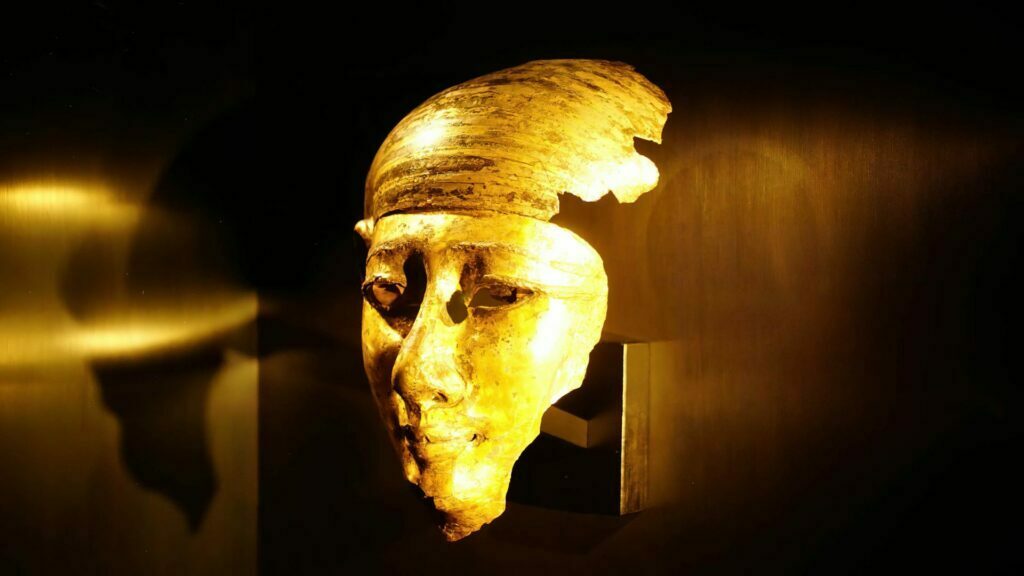
To learn more about this key source of emeralds in Egypt, archaeologists have conducted a two-year excavation led by Universitat Autonoma Barcelona (UAB) lecturer Joan Oller and the Polish Centre of Mediterranean Archaeology of the University of Warsaw, Poland. With the continued exploration of this site, we may be able to uncover further secrets related to Ancient Egyptian emeralds.
In recent years, archaeologists have discovered emeralds in the Wadi Sikait region in the Eastern Desert of Egypt. The exploration was led by UAB lecturer Joan Oller and the Polish Centre of Mediterranean Archaeology of the University of Warsaw, Poland, and revealed that there are other sources and deposits of these precious stones.
The exploration has uncovered evidence that emeralds have been mined in this region since the 4th to 6th centuries, most likely by a local group called the Blemmyes. Additionally, green emeralds became increasingly popular for funerary rites during the 15th century. This suggests that religion was important in its usage throughout Ancient Egyptian history.
The topographic study these teams conducted has helped better understand how these gemstones were sourced and used. Such discoveries have helped to shed light on our understanding of this precious stone’s relevance within Ancient Egyptian culture and history.
Egyptian emeralds have long been prized for their beautiful deep green color and brilliance. They have been mined in Egypt since at least the sixth century BC when they were first mentioned in ancient texts. These precious gemstones can be found in the mountain valley of Wadi Sikait in the Eastern Desert, and this is thought to be the oldest known emerald mine in history.
During the late period of Ancient Egypt (4th to 6th centuries AD), emerald deposits were abundant, and many valuable pieces from that era still exist today. The 15th century saw an increase in mining activity due to Spanish conquistadors searching for new sources of gems. This led to the development of Mons Smaragdus, a major emerald-producing region near Cairo.
Egyptian emeralds are renowned for their timeless beauty and historical importance, with Joan Oller Guzmán credited with rekindling interest in the stones. In Ancient Egypt, these green stones were believed to offer divine protection to their owners and remain highly sought after today.
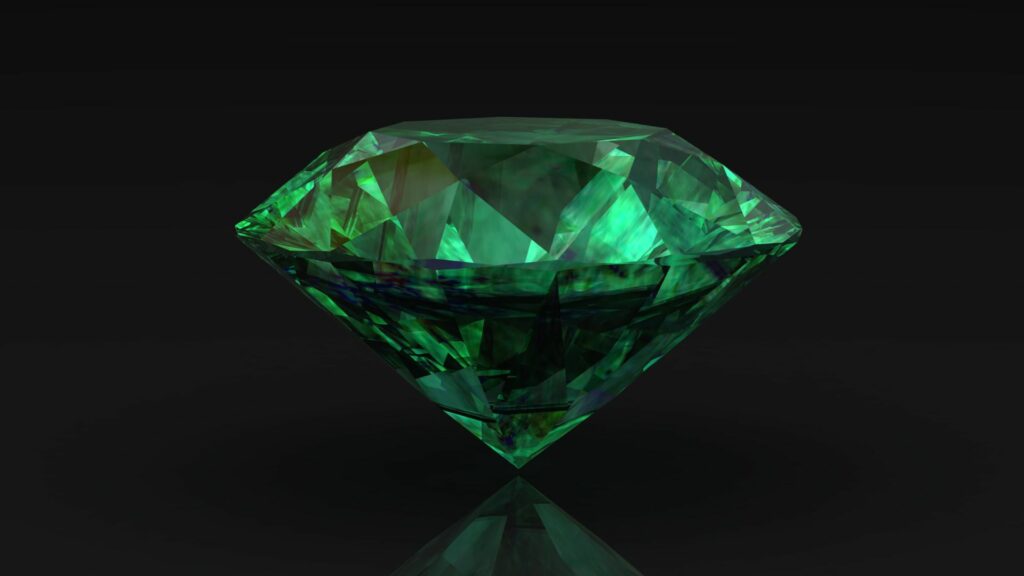
The breathtaking beauty and captivating history of Egyptian emeralds have stood the test of time, making them one of the most treasured gemstones in the world. But how has this industry changed over the years? Find out in our next section!
Egyptian emeralds have been cherished throughout the ages for their beautiful deep green color and brilliance. Mining activity began in the sixth century BC and increased during the late period of Ancient Egypt (4th to 6th centuries AD) when emerald deposits were abundant. This trend continued into the 15th century with Spanish conquistadors looking for new sources of gems, leading to Mons Smaragdus becoming a major emerald-producing region near Cairo.
Technological advancements have opened up new ways of finding and mining these precious gemstones. Geological surveys have been conducted worldwide to identify potential sources of emeralds, with some promising results. Furthermore, technological innovations have made it easier to cut and polish these stones, resulting in higher quality pieces than ever before. As demand for these precious gems continues to grow, we will likely see further developments in this industry over time.
The emerald mines of Sikait have long been a source of fascination for historians, archaeologists, and geologists alike. Recently, a team of researchers from the University of Warsaw in Poland uncovered eleven new sites within the Wadi Sikait archaeological site in Egypt’s Eastern Desert. This discovery is especially remarkable since these emerald mines have been used since at least the 5th century BC.
The research team led by lecturer Joan Oller Guzmán from UAB conducted an extensive topographic study in 2020 and 2021 to uncover the findings of their excavation. These eleven new sites were discovered to contain a mix of Greek, Roman, and Coptic ruins and evidence of funerary rites and social organization among local workers.
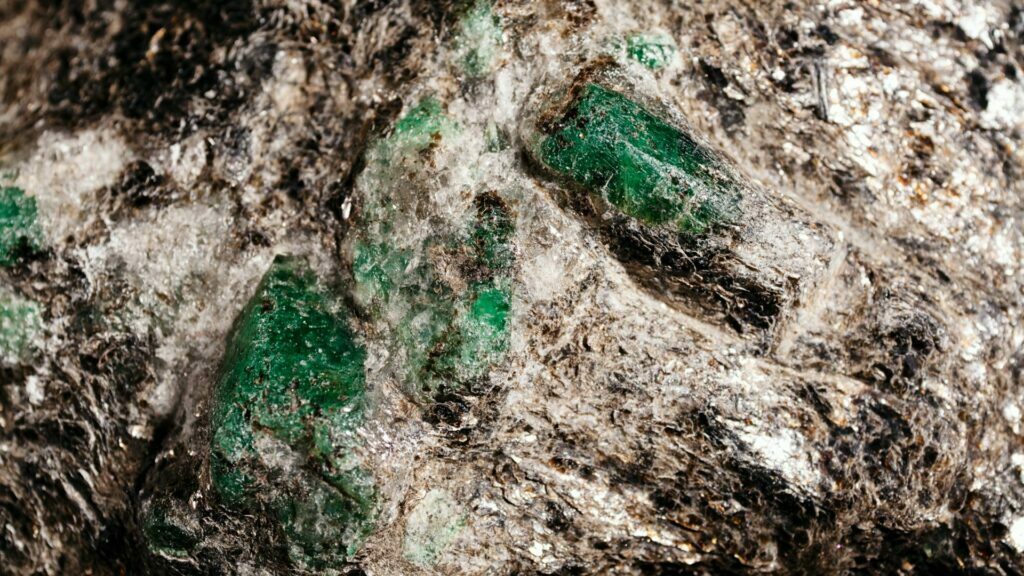
The experts believe that these mining activities date back to at least 4th-century CE when they were mentioned by Greek writers as ‘Emerald Mountain.’ However, it appears that they were also mined in the 15th century when green stones were found to be highly valued in Egypt. Religion’s significance in this era was reflected in the funeral rites associated with Emerald Mountain.
These findings provide more insight into the past prominence of emeralds and other precious stones found within Egypt’s Eastern Desert region. These discoveries will undoubtedly prove invaluable for furthering our understanding of ancient mining practices and cultural blending evident during this period.
In conclusion, Egyptian emeralds have been a source of fascination and admiration since ancient times. Their deep green color and brilliance have long captivated audiences around the world. Mining activities began in the 6th century BC and increased during the late period of Ancient Egypt (4th to 6th centuries AD). The recent discoveries at the Sikait Emerald Mines in Egypt’s Eastern Desert shed light on how these precious gemstones were mined and utilized for funerary rites throughout antiquity. Furthermore, technological advancements have made cutting and polishing these precious stones easier, resulting in higher quality pieces than ever before. This industry will continue to grow as demand for these beautiful gems increases.
There have been emerald deposits reported in Egypt. However, the country does not produce enough quality emeralds to be a major exporter.
Mining emeralds in Egypt has decreased significantly recently, but it is not been discontinued. Evidence suggests that the primary mines are now in Colombia, Brazil, and Afghanistan.
Emeralds were mined in Egypt for two thousand years, from 2000 BCE to 400 CE. Later, the extraction of emeralds shifted to South America.
The authenticity of the Cleopatra emerald is uncertain. The gemstone was first recorded in the 17th century and has been rumored to have belonged to the ancient Egyptian ruler Cleopatra.
Despite its colorful history, experts have yet to determine whether the emerald is real or a cleverly crafted imitation.
Ancient Egyptians sourced emeralds from mines in the eastern desert of Egypt. In the 1800s, Colombian emeralds were discovered and began to be traded internationally. This has since been the main source of emerald gems worldwide.
Egyptian emeralds have been mined in the Eastern Desert since the sixth century BCE. In recent years, mining operations have spread out to other areas near Aswan, Bawiti, and Sammana.
In ancient times, miners excavated gems from the earth using picks, shovels, and other simple tools. They also employed fire-setting, which involved heating rock in making it brittle and easier to break. Additional techniques, such as tunneling into larger areas and burying charcoal in slag piles, were used to facilitate extraction.
Monte Grutas, a mining site in southern Portugal, was an important hub for emerald extraction from the 5th to 15th centuries.
The Ancient Egyptians prized emeralds for their vibrant green color, which they associated with fertility, growth, and rebirth. Emeralds were also believed to bring luck and protect against evil spirits. As a result, the Pharaohs wore large emerald jewelry for protection and mummified their dead with small emerald amulets placed on them as a sign of eternal life.
Egyptian emeralds are sold in auctions and stores for varying prices. It is best to consult market research for the most up-to-date pricing trends.
Egyptian emeralds are still used today for funerary rites, often as part of a deceased person’s burial costume or in jewelry to be interred with the body. Such practices have been common since ancient times and are thought to promote positive outcomes in the afterlife.
Religion can guide and inform the decision-making process for discovery and extraction activities. It can provide a moral compass to prevent or regulate certain practices while encouraging sustainability to maintain economic and social prosperity.